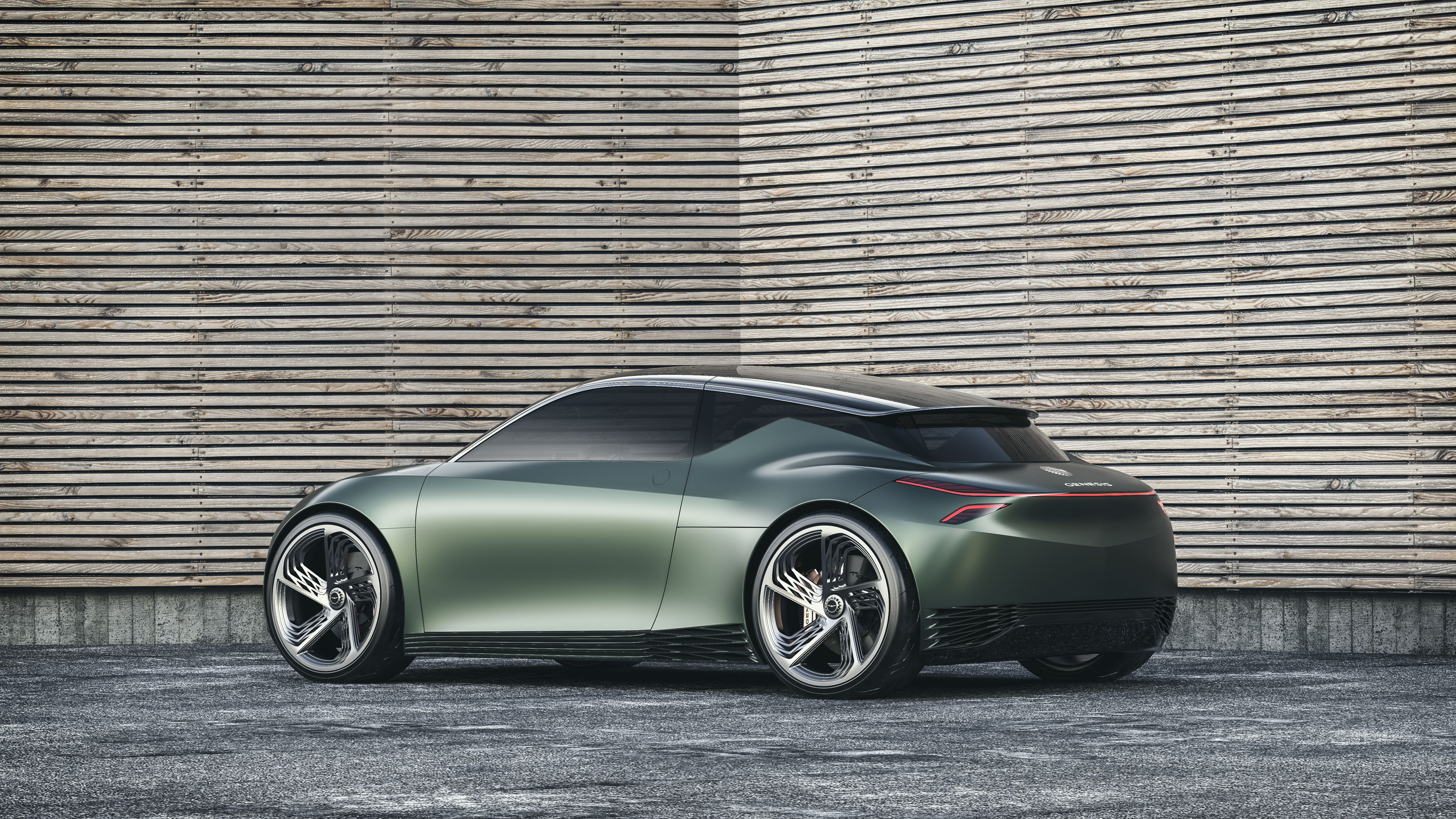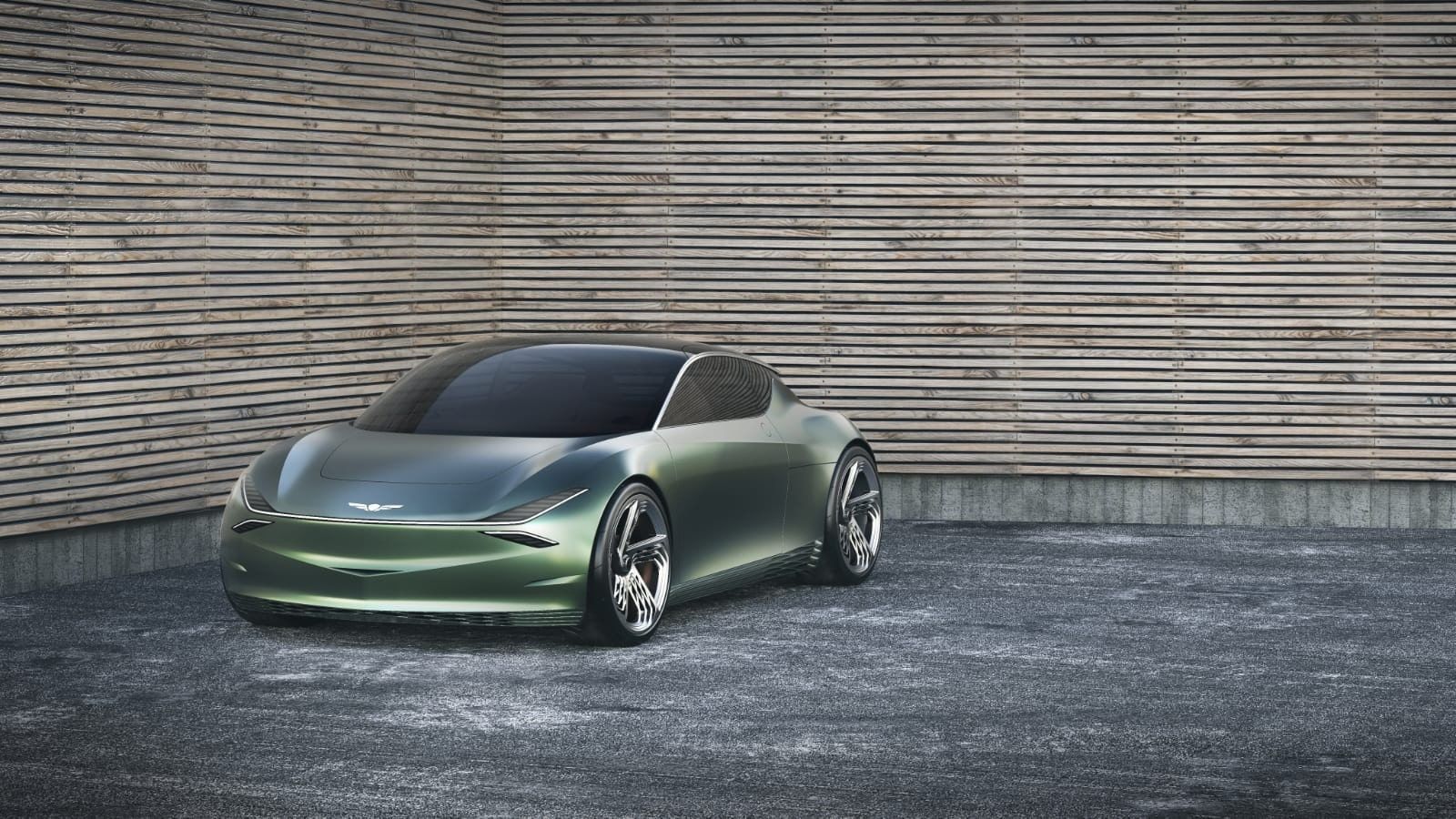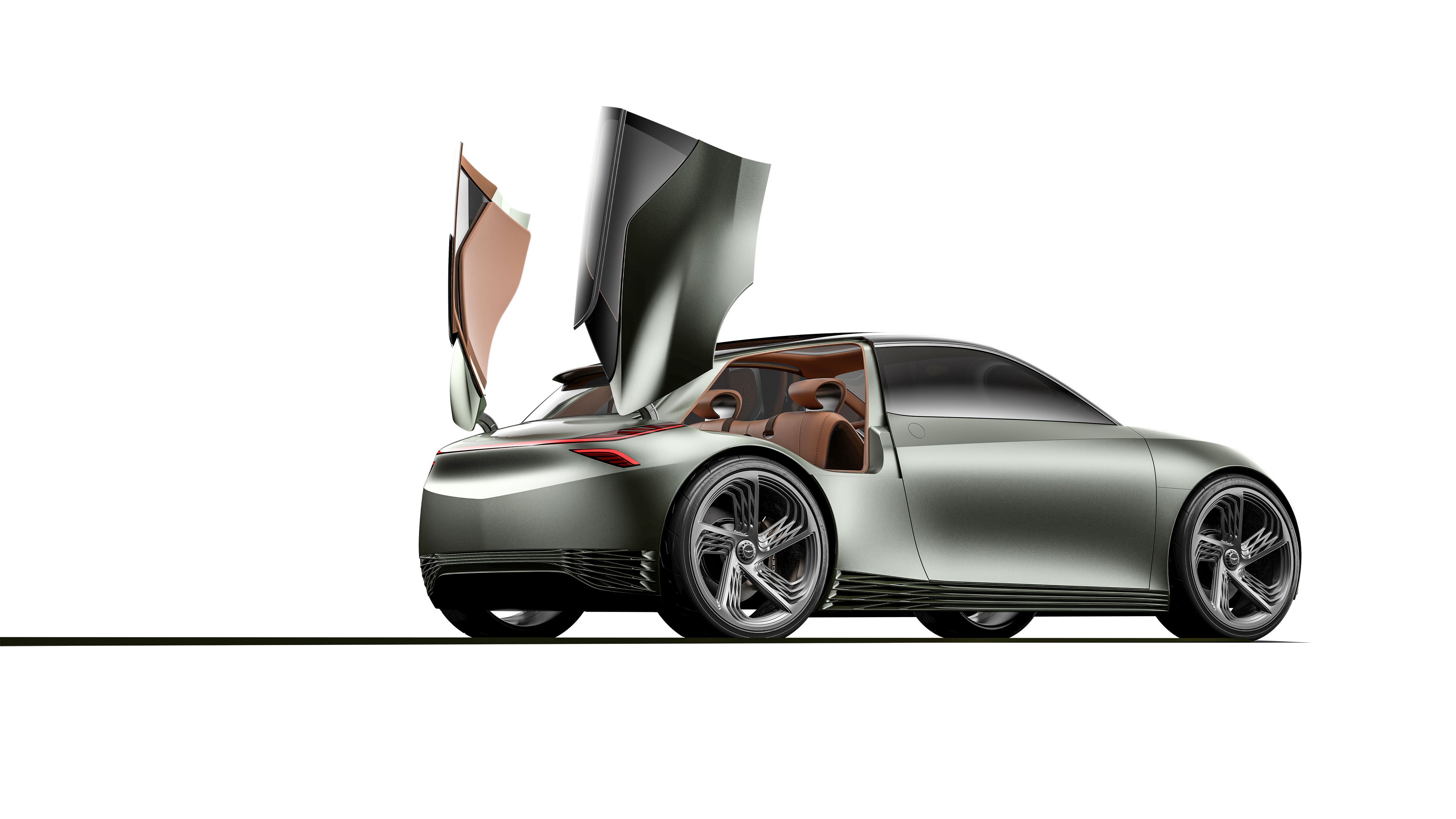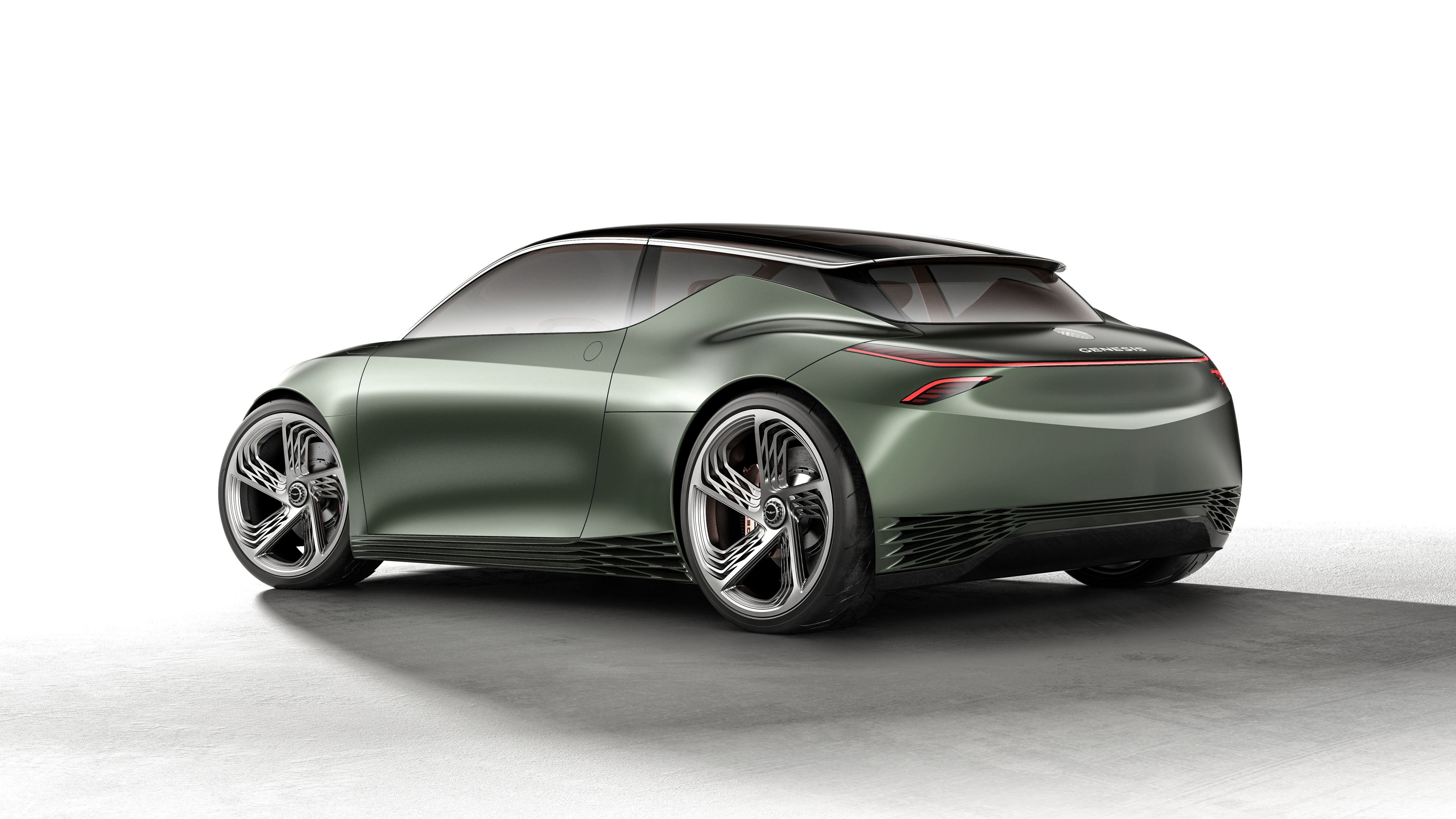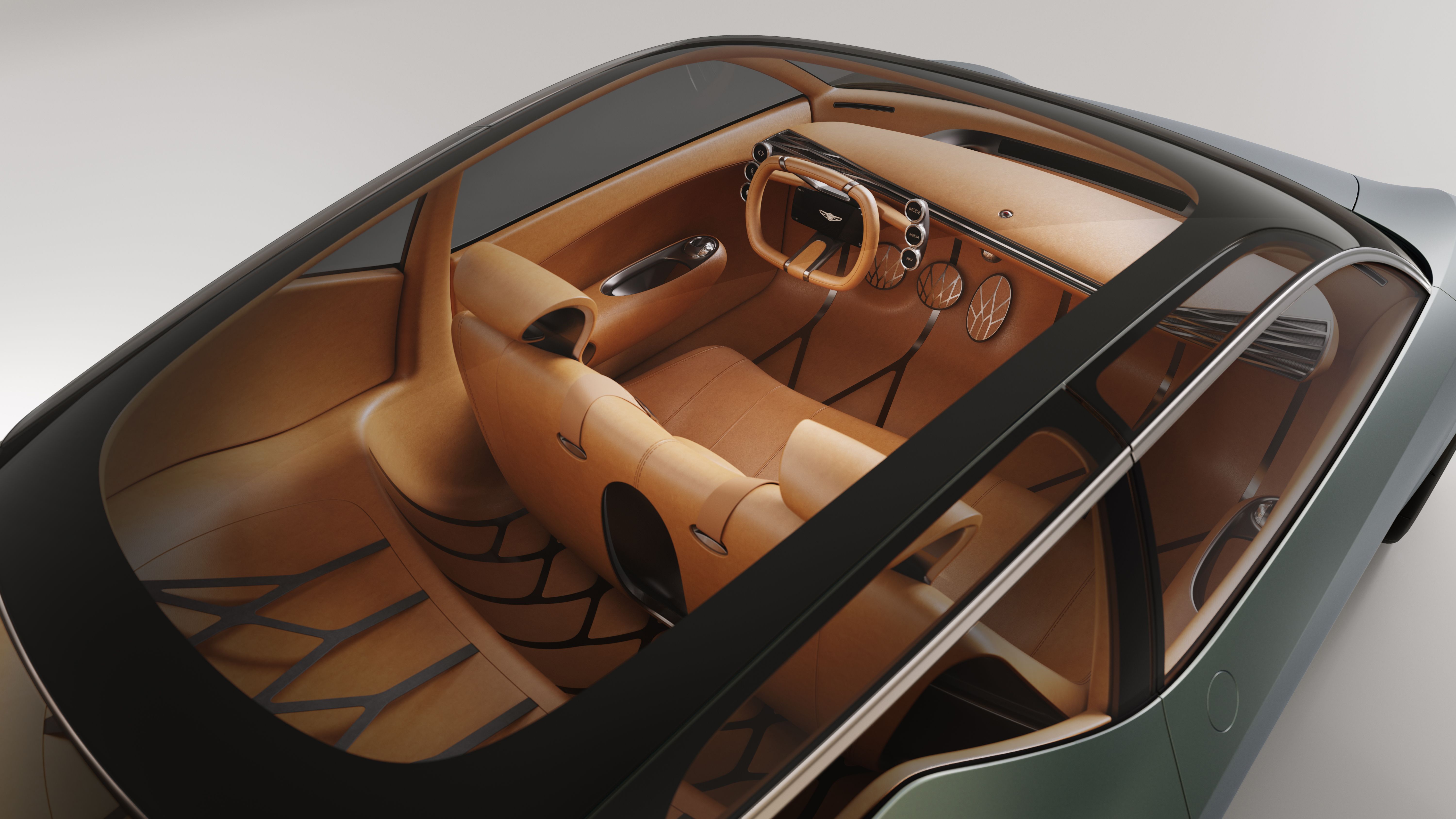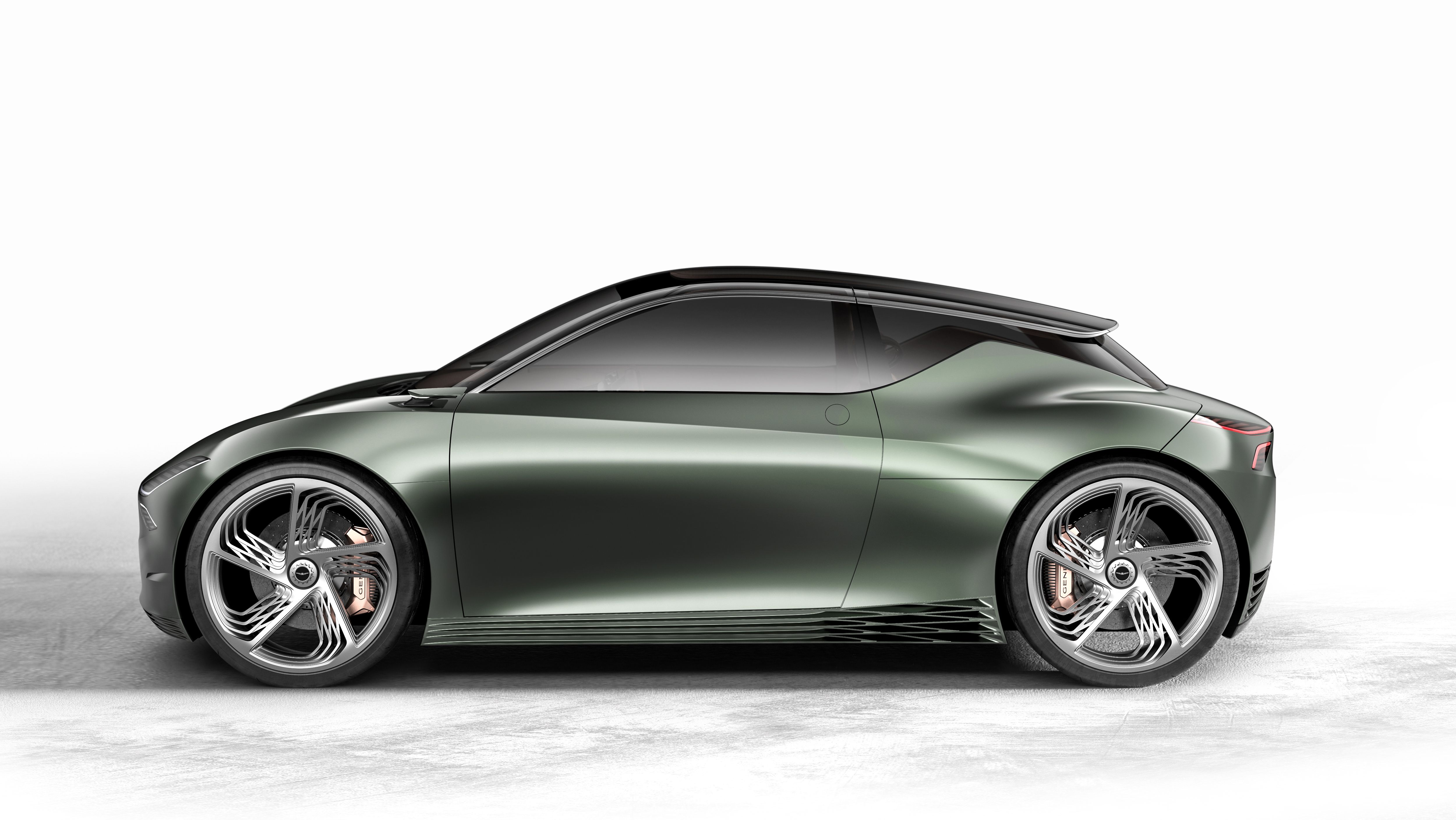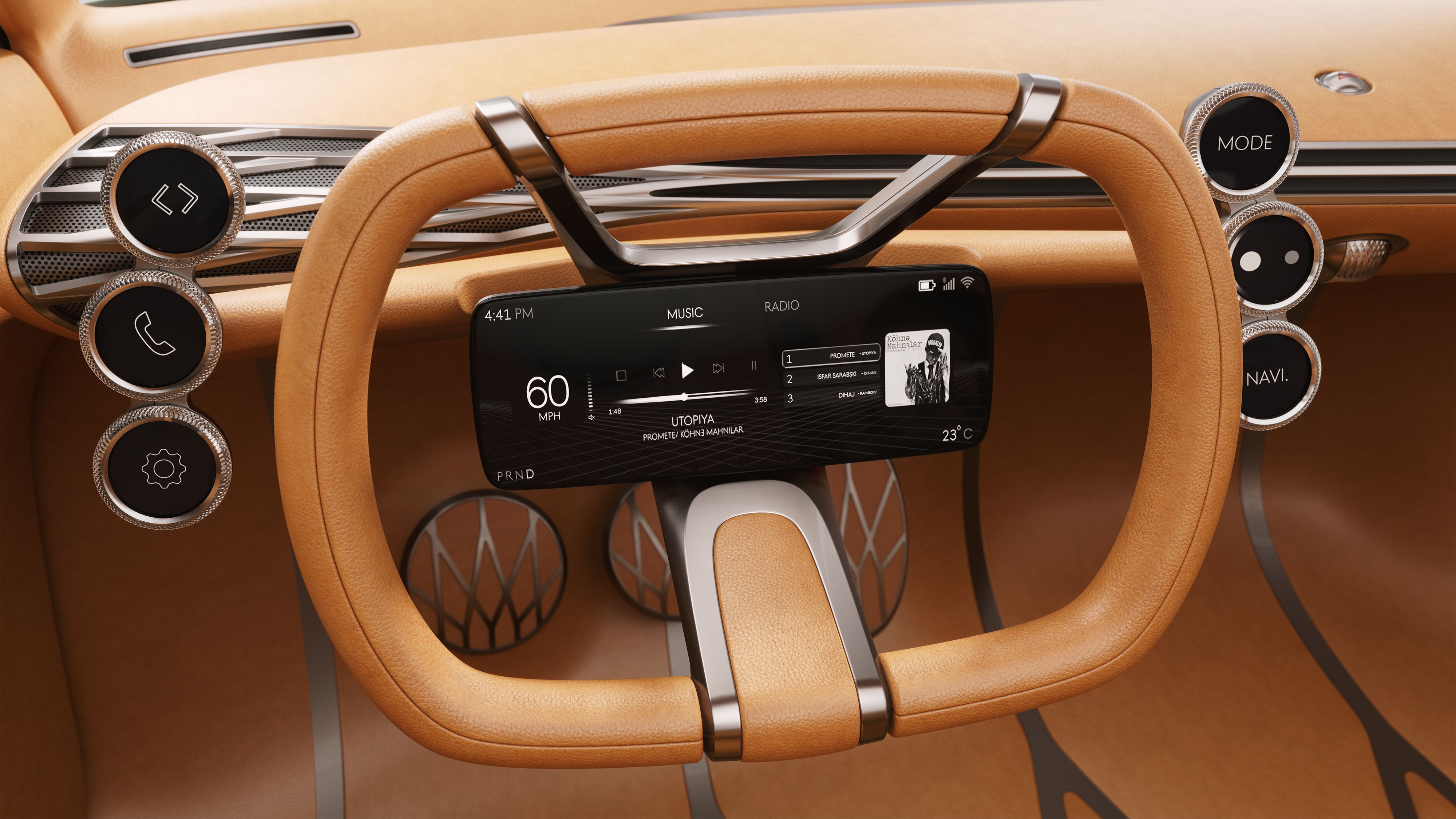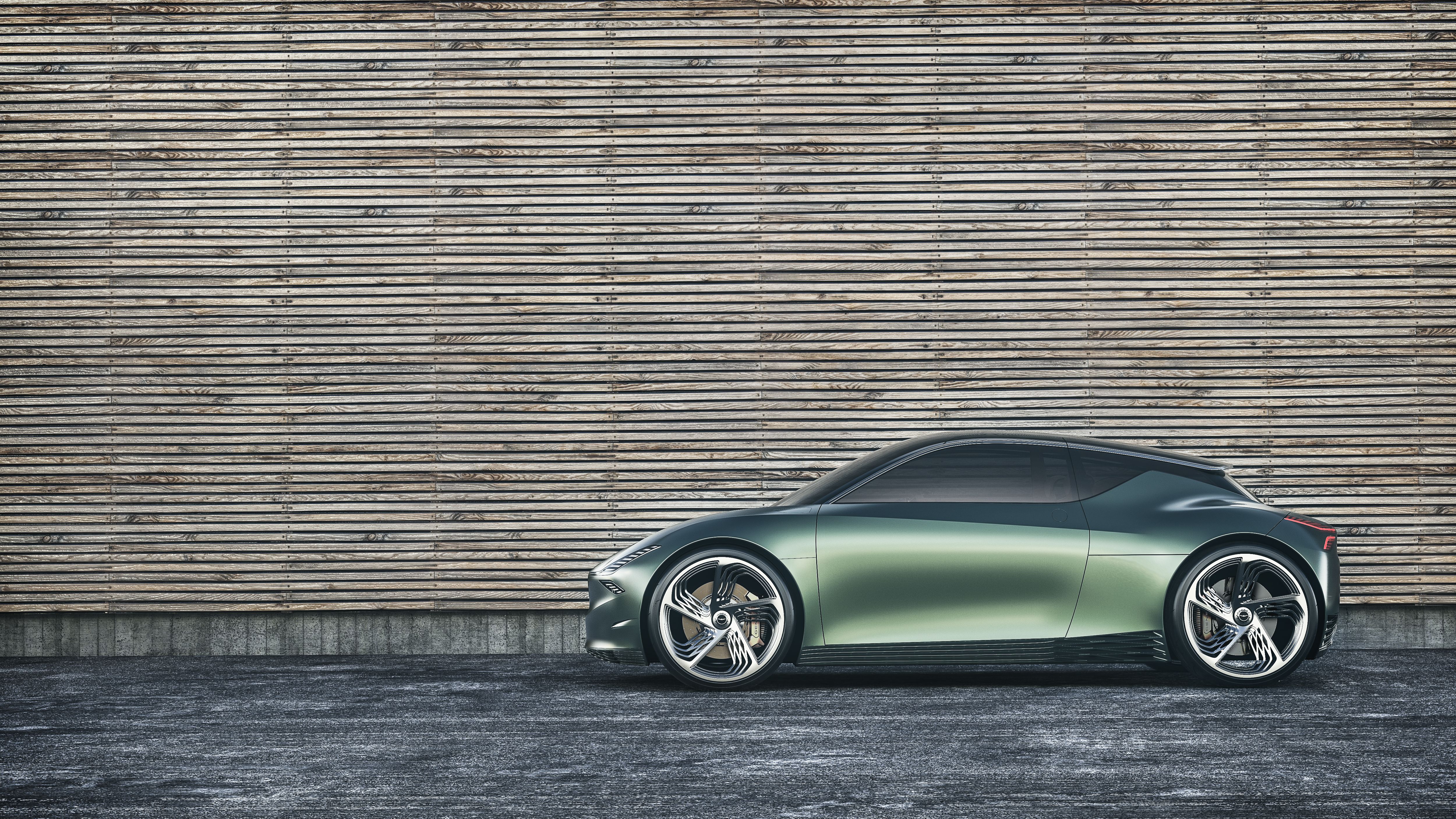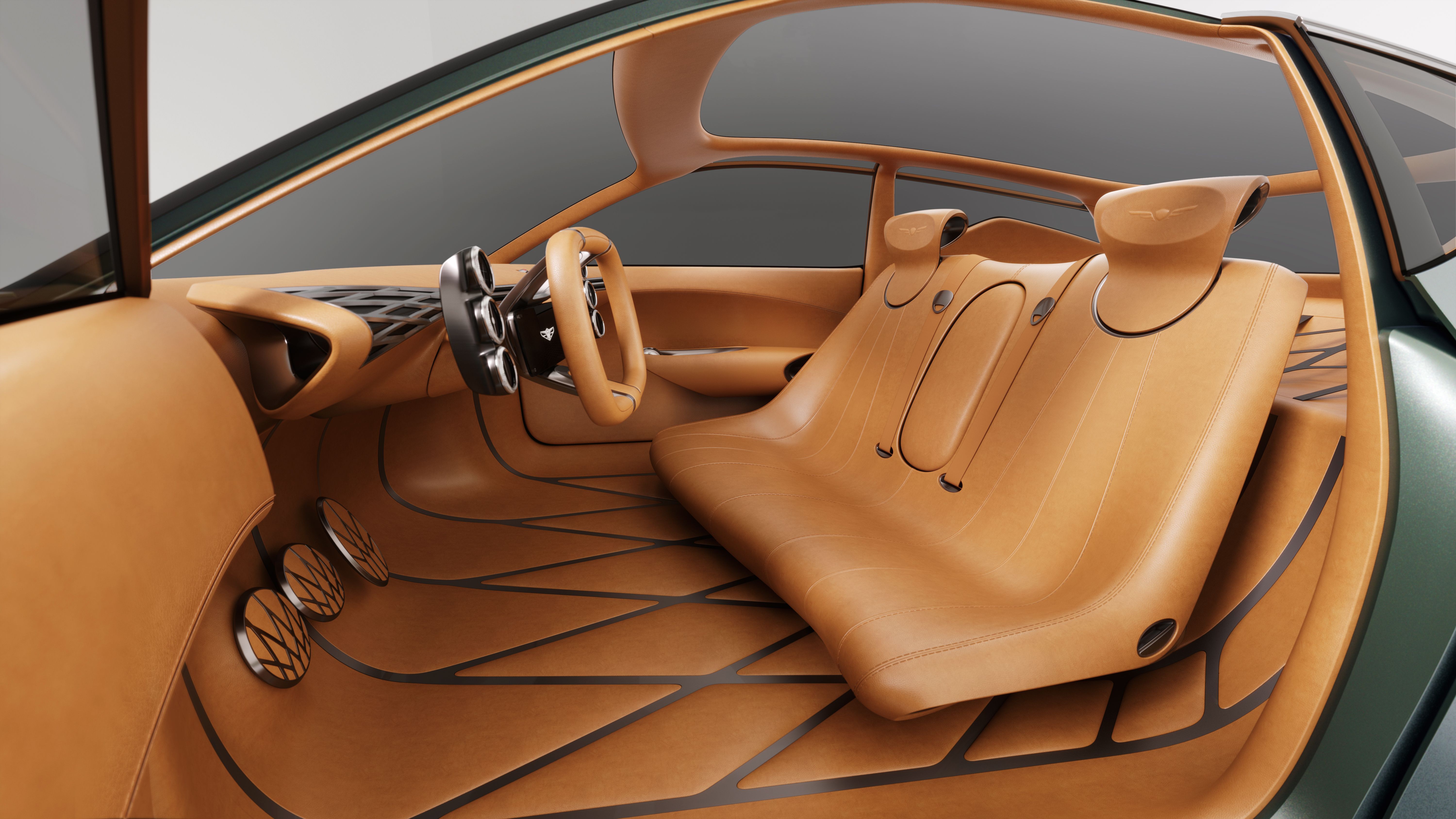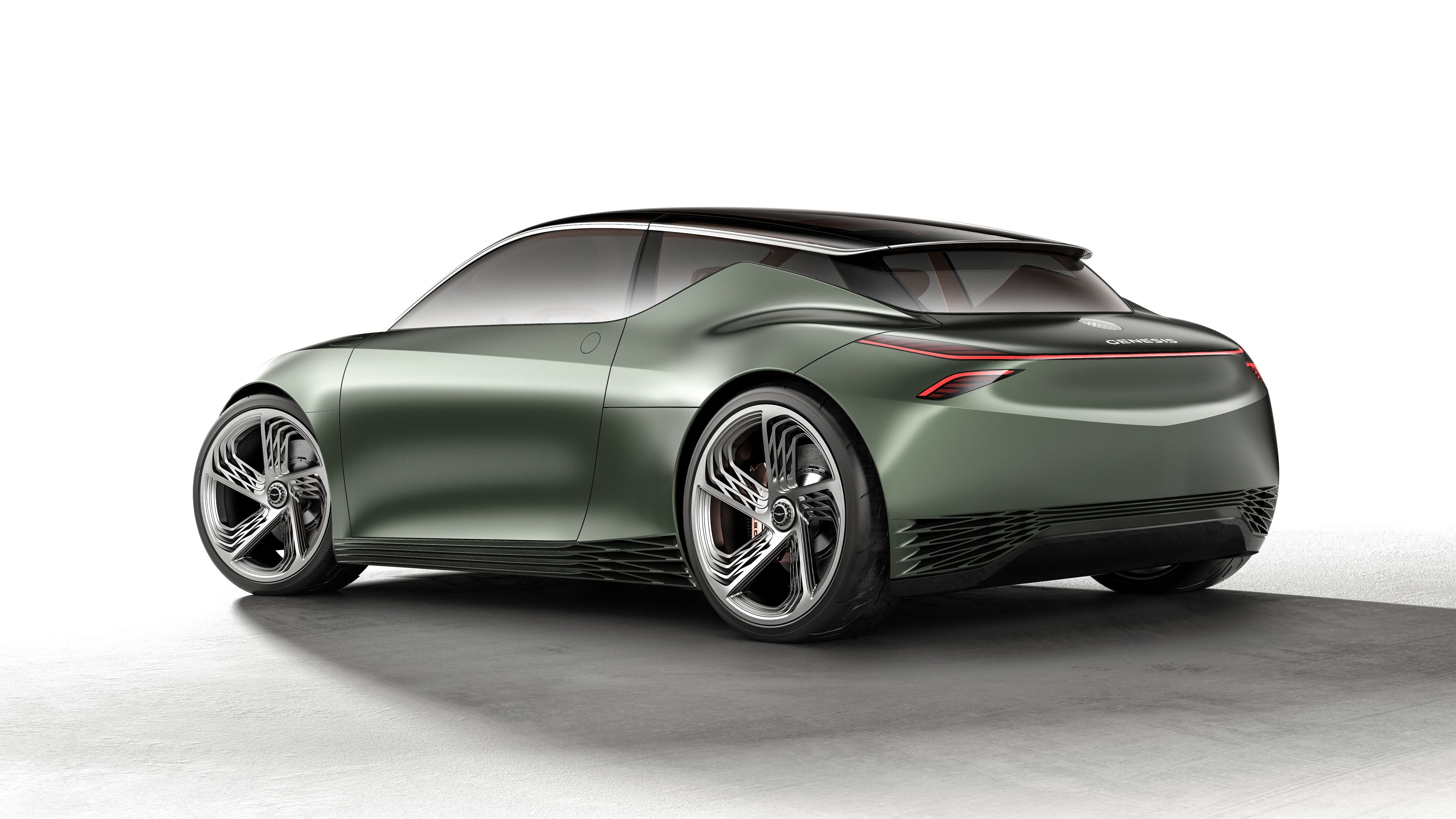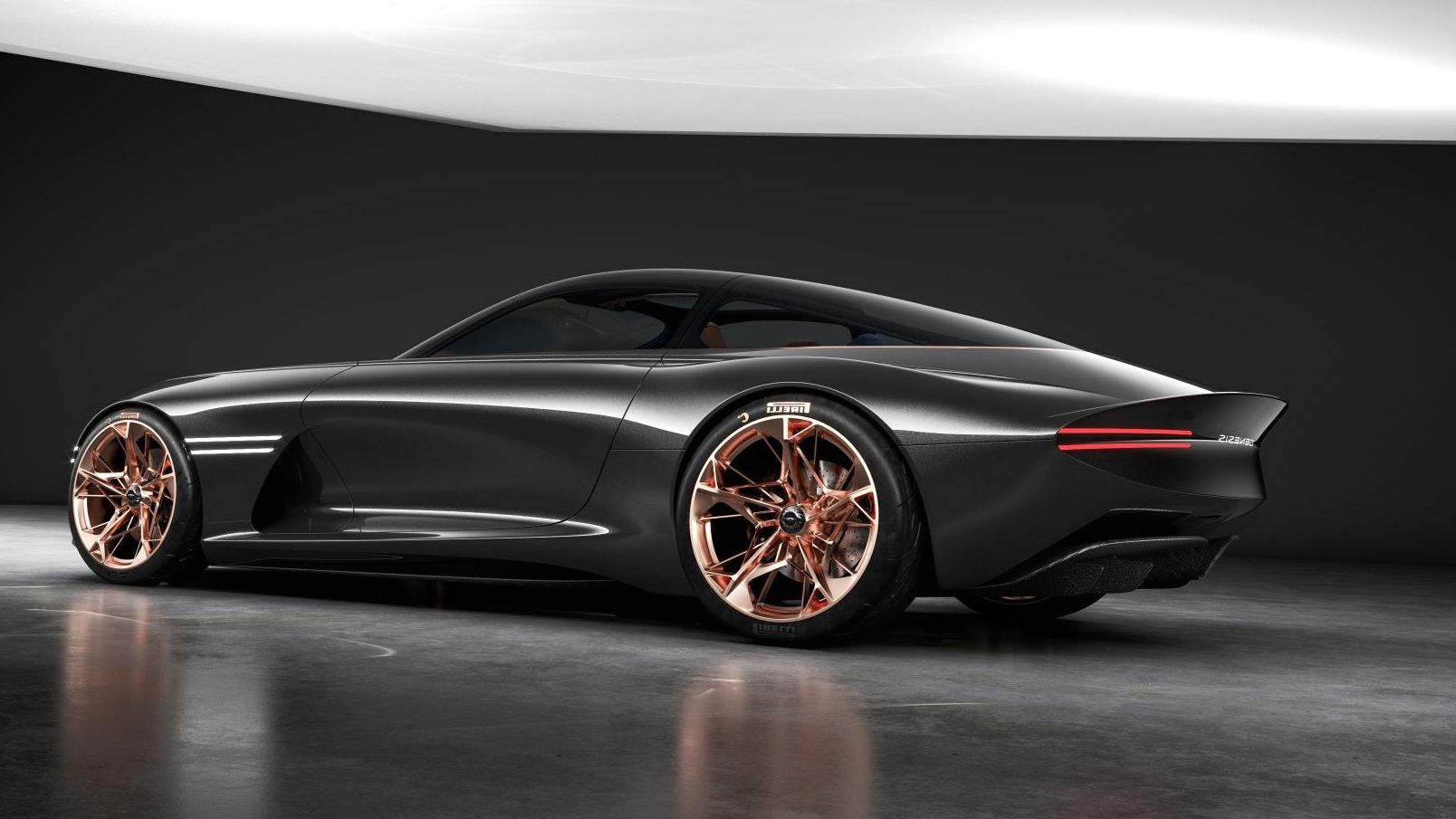The Genesis Mint is a concept car that the luxury firm unveiled at the 2019 New York Auto Show. The first city car from Hyundai's premium brand, the Mint concept was designed as "an accessory for the modern, urban lifestyle." There are no plans to put this design into production.
The Mint concept comes as a surprise from a company that aims at the larger car and SUV segments. The company's vehicle that's smaller than a compact, the Mint embraces the runabout body style that was popular in the early 1900s. A light, short vehicle with only two doors and seating for two, the Mint concept is a futuristic take on the Kei car, a highly popular segment in Japan. On top of the sleek, futuristic design, the Mint concept also features an all-electric drivetrain.
2019 Genesis Mint Concept
- Make: Array
- Model: 2019 Genesis Mint Concept
- [do not use] Vehicle Model: Array
Exterior
|
|
ids=838568,838569 |
no_overlay=false |
before_label=2020 Genesis Mint |
after_label=2018 Genesis Essentia Concept> |
The Mint doesn't look much like a Genesis or a Hyundai, but that's mostly because we're not familiar with such small vehicles from this brand. Sure, Hyundai offers city cars like i10 in some markets, but Genesis has yet to build a vehicle smaller than the G70 compact sedan.
From afar, the Mint looks a bit like a shrunken Essentia concept. But look closer, and you'll quickly notice that the Mint is not only smaller, but chunkier as well. Up front, the Mint is also missing a big grille between the headlamps or in the bumper. That's because it has an electric drivetrain and the battery pack doesn't require as much cooling as a combustion engine. There is a very small triangular grille in the center, but it's more like a design element rather than a functional one.
The headlamps are thin and descend from the upper fenders toward the nose. Down below, the LED daytime running lights mirror the headlamp design, although they-re notably smaller. The pointy, V-shaped bumper features a small splitter at the bottom, as well as some sort of grille at the bottom. Genesis calls it a G-Matrix pattern and says it provides efficient cooling and airflow circulation around the batteries mounted in the floor. It also works in conjunction with the bespoke aerodynamic wheels that have the same pattern in their spokes.
Move onto the sides, and you'll notice a swoopy beltline that descends from the front fenders toward the rear haunches and then goes up again over the rear wheels. The doors are almost featureless, but the carved upper section and the slight dent above the side skirt add character. The side skirts are actually made from the same G-Matrix grille as the lower front bumper and contribute to cooling the battery pack and to the car's aerodynamics.
The transparent B-pillars and the see-through C-pillars give the roof a cool floating effect. The coupe-style design also helps set the Mint apart from the bulky city cars and the boxy kei cars.
The rear section is striking as well. A short deck lid extends from the slightly raked rear window, while the pointy fascia has a thin LED strip that runs into the slim, boomerang-shaped taillights. Just like the headlamps, these are mirrored by similar but smaller lights placed lower in the fascia. The rear bumper has a triangular design, just like the front bumper, while the lower section includes the already familiar G-Matrix grille pattern. There's also a diffuser-like element in there, but it has a clean design instead of fins and exhaust pipes.
An interesting detail that's easy to miss is the absence of a tailgate. More importantly, the trunk doesn't even have a lid. So how can you access the storage room behind the seats? The panels behind the front doors open up and toward the back, just like the doors of a Lamborghini, but in opposite direction. The openings are large enough so you can reach in to pick up luggage and the load-in point is lower than the wheel arch, so you don't have to lift heavy items for more than around 20 inches.
That's a bit unorthodox, but an interesting approach nonetheless. I'm not sure whether this is more practical than a traditional rear hatch, but it's not the kind of design we will see on a production vehicle anytime soon. But concept cars exist so automakers can experiment with ideas, so Genesis did the right thing here.
Interior
The interior of the Mint looks surprisingly spacious given its tiny size. Legroom seems comparable to a big sedan, while the fact that it doesn't have a traditional center console makes the cabin seem even bigger. Like a vintage roundabout, the Mint features a bench instead of individual seats. In theory, it could seat up to three people given that the passenger in the middle isn't big. The bench also includes a center armrest, like a traditional rear bench, for enhanced elbow comfort.
The dashboard has a simple and clean design with a thin A/C vent in the center. At the corners, the vents take the same shape as the G-Matrix pattern seen on the outside. There are no traditional displays on the center stack or an instrument cluster. Instead, there are three round displays on each side of the rectangular steering wheel, and a slightly larger screen mounted in the steering wheel. The latter displays key vehicle information, so it's basically an instrument cluster.
Almost every surface inside the mind is light brown. Materials used include lightweight textiles and leather, highlighted by copper inserts and polished aluminum trim. The dashboard and the bench seat have automatic swiveling features for easier ingress and egress. The storage compartment behind the seats isn't massive, but it's pretty big given the size of this city car.
Overall, the Mint looks like a nice place to spend time in. It looks almost as luxurious as the company's large vehicles and the clean design is a nice departure from the cluttered architecture of most modern cars.
Drivetrain
The Mint features a "high-density, battery-electric powertrain under its sleek shell." Unfortunately, Genesis had nothing to say about output figures and performance. But given the small size of the car, I'd say the layout includes just one electric motor rated at around 100 horsepower. Regardless the output, the Mint has a pretty good range. Genesis estimates that the concept can travel for around 200 miles per charge, which is a solid figure compared to some production EVs available right now. For instance, it's notably more than the Nissan Leaf and not far behind vehicles like the Chevrolet Bolt or the entry-level Tesla Model 3. The small car is also equipped with a 350-kW fast charging system.
Final Thoughts
I must admit I really like Genesis' tiny concept car. I like its bold design, the cool G-Matrix solution for cooling, and I love the plain, and simple interior finished in that classy cognac brown. I even like the scissor-style panels that open up for access to the trunk. I wouldn't want it on a production car, but it's a cool idea that works like a charm on a concept car. To be honest, I'd like to see a production version of the Mint, but with a rear hatch and subtle changes inside and out. But I'm well aware that the Mint wouldn't be more than a low-volume car. I mean, who wants to pay a lot of money for a luxury city car when they can buy a much larger vehicle instead? A production model would fail just like the Aston Martin Cygnet did.
Further reading
Read our full review on the 2018 Genesis Essentia Concept.

